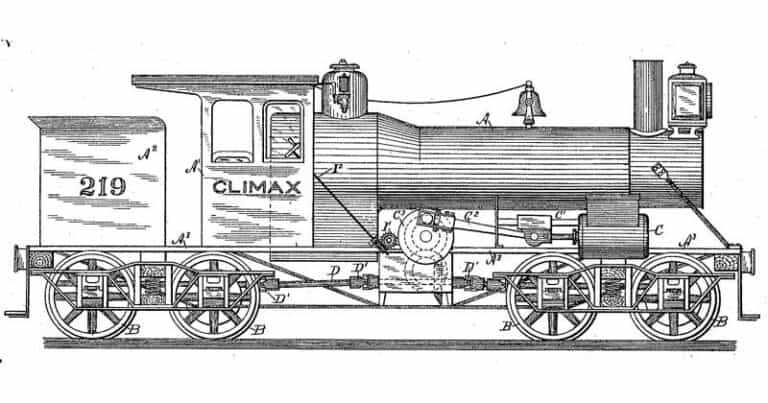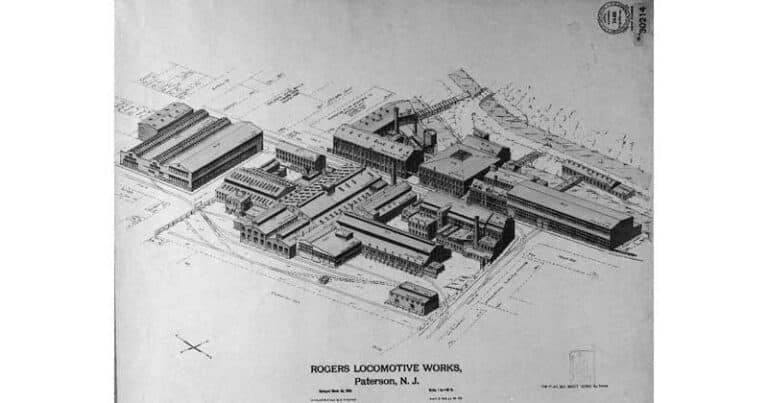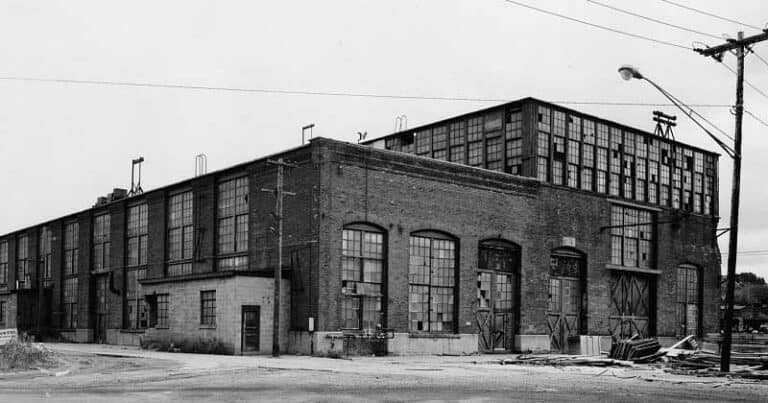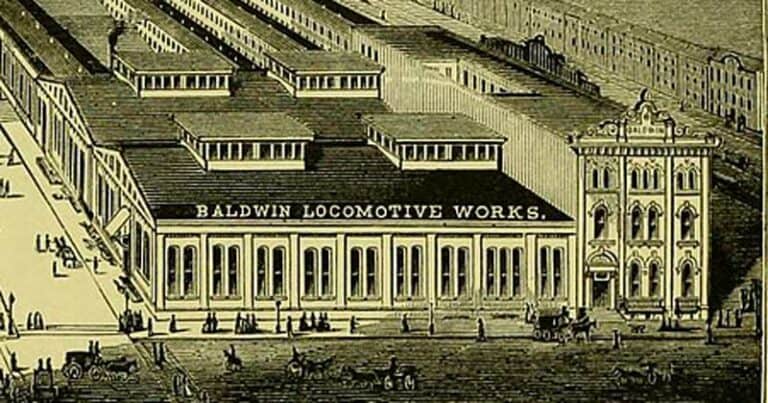History of Grant Locomotive Works (New Jersey)
Grant Locomotive Works (GLW) officially received its charter in 1867 from the state of New Jersey. Between 1867 and 1895, GLW manufactured over 1,800 steam railway locomotives from manufacturing facilities in Paterson, New Jersey, and Chicago, Illinois. Purchased by Oliver DeForest Grant in 1863 through a stock transaction, the company known as Grant Locomotive Works was built on significant work by other companies that preceded it.
The company that eventually became GLW began when Samuel Smith, the former owner of a metals foundry, formed a partnership with his brother William. After some changes in partnerships, Samuel Smith remained in business with William Swinburne, who had worked as the superintendent of Rogers Locomotive Company. Their firm was named Swinburne, Smith and Company, which took orders for 10 locomotives in 1848 from the New York and Erie Railroad.
A few years later, they received a corporate charter from the state of New Jersey as the New Jersey Locomotive and Machine Company. Sadly, their venture was cut short when the financial panic of 1857 forced them into bankruptcy. As a result, a merger took place with the New Jersey Locomotive and Machine Company.
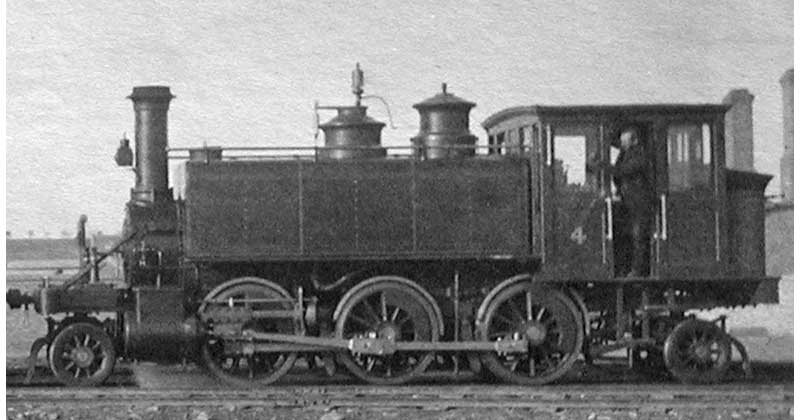
It was from this company that Oliver Grant purchased stock and became the sole owner, operating the company with the help of his sons, David, and R. Suydam. Not long after beginning operations as Grant Locomotive Works, Oliver died and his son David took over as company president.
One of its reasons for success could be attributed to GLW’s standardization of parts. In an 1877 advertisement in the Railroad Gazette, they noted that all of their locomotive parts were guaranteed to be interchangeable on all engines of the same class.
At the 1867 Paris Exposition, Grant Locomotive Works was awarded the gold medal for the locomotive engine called America, which was built for the Chicago, Rock Island & Pacific Railroad. In recognition of this achievement, GLW attached a brass plate depicting the award to the cab of all their engines.
Despite many successes, the company struggled with financial troubles. In 1872, the company’s boilermakers went out on strike for higher wages. The company replaced them with other workers at lower wages. In 1874, Russia placed an order for 55 Consolidations—the 2-8-0 locomotives designed in 1866. However, as political unrest in Russia grew, 20 of those orders were canceled.
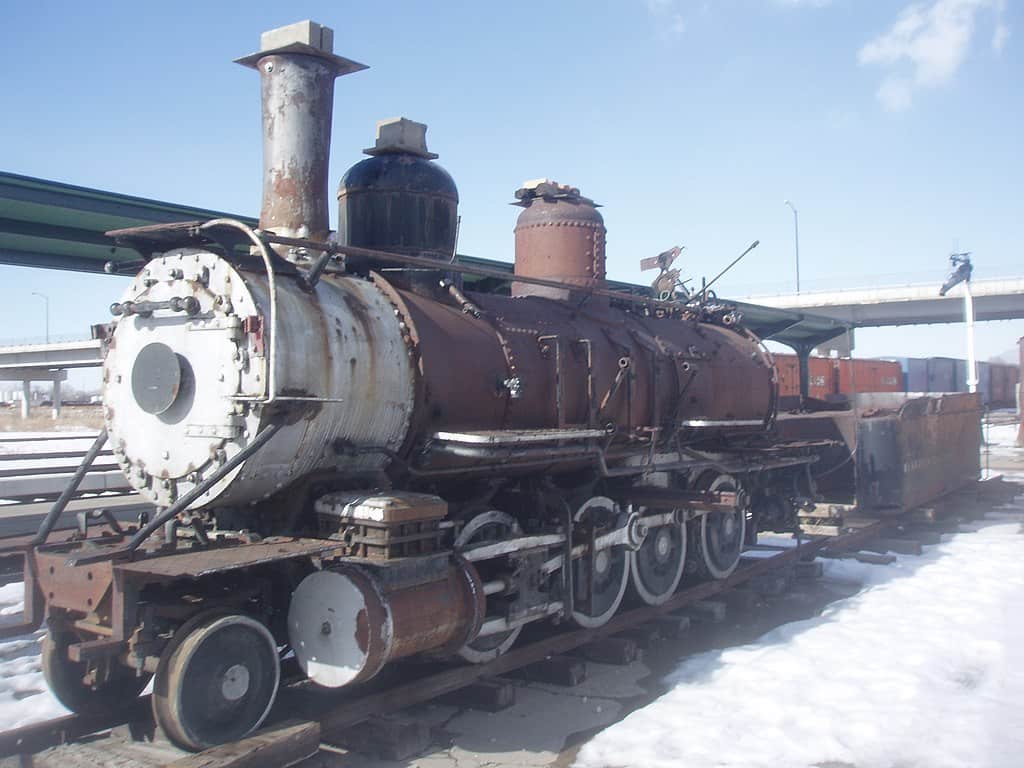
David Grant retired at the beginning of 1880 and William Evans, the chief financial officer of the company, succeeded him. Within two years, GLW employed 720 men. By 1882, it occupied over 126,000 square feet of manufacturing and office space but lost half of that in an 1887 fire.
In 1883, GLW attempted to move to Chicago upon the encouragement of some local businessmen. More than a million dollars ($30 million in current value) was spent on a new facility. After producing 24 engines in Chicago, the company had to weather another strike. After losing more money in the Panic of 1893, an economic depression that lasted 4 years, the company went into receivership and never recovered.

A longtime railfan, Bob enjoys the research that goes into his articles. He is knowledgeable on many railroad topics and enjoys learning about new topics. You can get a hold of Bob at his email link below.



